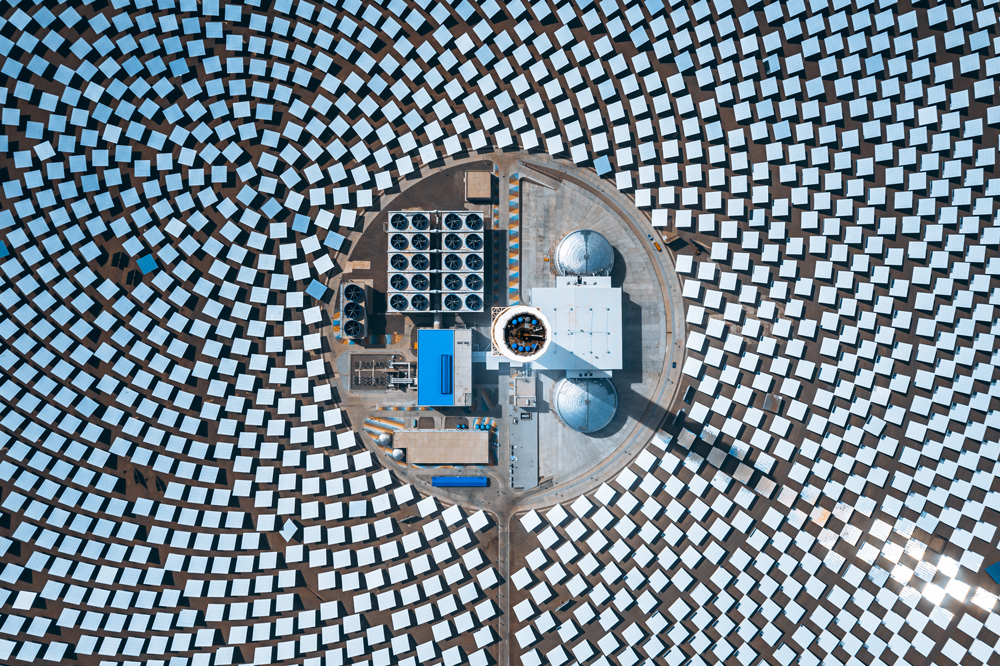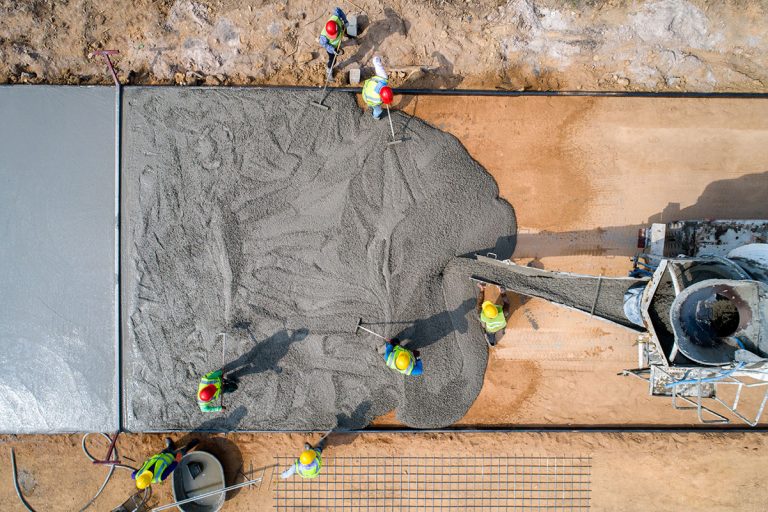Harnessing PCMs: A promising frontier in sustainable energy
A new model to monitor the performance of phase change materials could boost heat transfer and optimize electricity production while reducing operational expenses of solar farms and nuclear plants.
Solar energy and nuclear power are emerging as frontrunners in the UAE’s transition to sustainable and renewable energy sources, a key step in reducing its reliance on fossil fuels. Nevertheless, both sources have challenges: solar energy production can be unreliable during the night and on cloudy days, while nuclear power plants can struggle to respond to the constantly shifting demands of the electrical grid.
To overcome these challenges, a team of researchers affiliated with the Department of Mechanical and Nuclear Engineering and the Emirates Nuclear Technology Center (ENTC) at Khalifa University is exploring new ways to use and monitor the performance of phase change materials (PCMs) that can be used to absorb thermal energy and release it as needed.
Just as water stores heat energy when it freezes and releases it when ice melts, PCMs smoothly transition between solid and liquid states while effectively absorbing and dispensing energy as temperatures change. This principle serves as the bedrock for heat thermal energy storage (TES) units, which have far-reaching applications in heating, cooling and power generation.
Thermal energy storage: Advantages and challenges
TES units have the potential to be cost-effective and efficient energy storage solutions. For example, in the context of nuclear power plants, TES could enable reactors to maintain peak power around the clock, opening new avenues for revenue generation alongside electricity sales. The surplus heat generated by nuclear reactors can be stored using TES, subsequently fuelling diverse applications such as district heating, industrial processes, or water desalination. In the UAE, TES systems based on latent heat storage can also enhance the performance of existing renewable energy plants and reduce operation costs.
“The ultimate aim of this research is to optimize electricity production and reduce operational expenses, thus meeting energy demands more efficiently,” says Yacine Addad, who led the team at Khalifa University.
Currently, PCMs can hold heat well in TES units, but are too slow at charging (melting) and discharging (freezing) due to their poor heat conductivity. To overcome this issue, researchers at Khalifa University have analyzed the effect of adding nanoparticles to PCMs, which can make heat transfer quicker compared to standard PCMs.
The team developed a computer model that monitors the three ways the nanoparticles can move: random motion driven by the unpredictable collisions with surrounding fluid molecules, movement caused by temperature variations, and settling due to gravity.
While conventional research often focuses on the performance of nanoparticle-PCM mixtures during a single charging or discharging (solidifying) cycle, the Khalifa University team has pursued a more comprehensive approach. They instead monitored the performance of PCM-nanoparticle mixtures over multiple cycles, applying their model to a mixture made of alumina nanoparticles and paraffin as the PCM.
Upon repeated melting and solidifying cycles, they saw a drop in performance: the nanoparticle-PCM mixture was fully melted 90 minutes earlier than pure paraffin the first time, 40 minutes earlier during the second melting process, while the presence of nanoparticles made almost no difference during the third time. This occurs because nanoparticles do not remain evenly distributed in the mixture; instead, they move and aggregate together.
A bright future for PCMs in TES units
Committed to supporting the UAE’s nuclear power program, the team is investigating mathematical models and tools that offer a comprehensive assessment of heat transfer mechanisms and performance.
“The alarming pace of climate change and related environmental issues are key drivers for the ongoing worldwide-research race, to develop clean, sustainable, and more efficient energy systems, including nuclear energy,” Addad says.
References
- Amidu, Muritala Alade, et al. “A critical assessment of nanoparticles enhanced phase change materials (NePCMs) for latent heat energy storage applications.” Sci Rep 13, 7829 (2023). | Article
- Ali, M., Alkaabi, AK, Addad, Y. (2022). “Numerical investigation of a vertical triplex-tube latent heat storage/exchanger to achieve flexible operation of nuclear power plants,” International Journal of Energy Research, 46(3): 2970-2987. | Article
- Amidu, M.A., Addad, Y., Riahi, M.K., Abu-Nada E. (2021). “Numerical investigation of nanoparticles slip mechanisms impact on the natural convection heat transfer characteristics of nanofluids in an enclosure,” Scientific Reports 11, 15678. | Article




